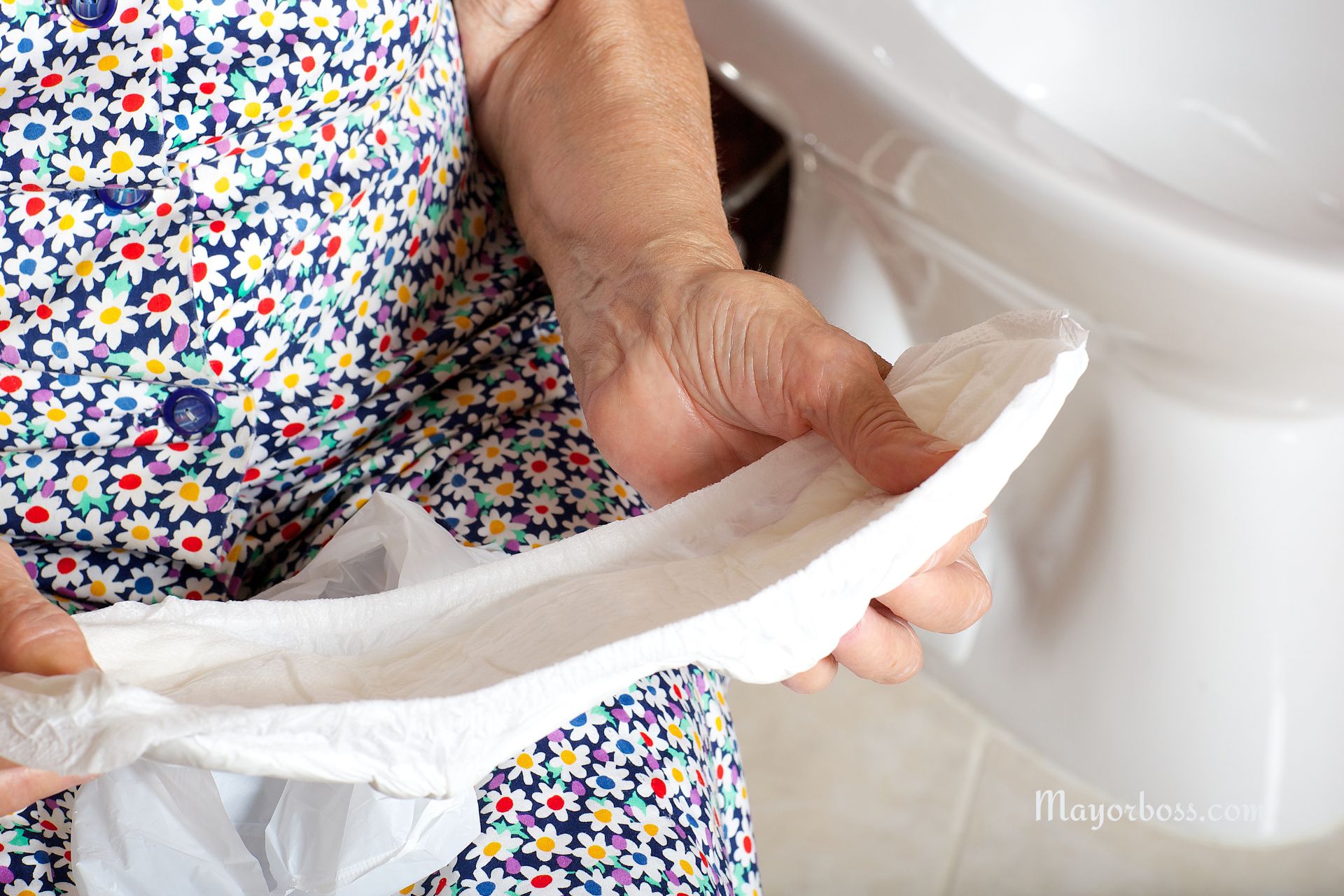What You Need to Know About Urine Leakage That No One Talks About
Urine leakage, also called urinary incontinence, is more common than you might think. It affects about 25 million adults in the United States alone, according to the National Association for Continence. It affects millions of people worldwide, and it can happen to anyone, regardless of age. This condition can be embarrassing, but learning more about it can help you feel more in control. Let’s go over what urine leakage is, why it happens, the different types, and how you can manage it.

Why Does Urine Leakage Happen?
Urine leakage occurs when your body can’t control the release of urine, which leads to accidental leakage. There are many reasons why this might happen. Some of the most common causes include:
- Weak pelvic floor muscles: Your pelvic muscles help hold your bladder in place. If these muscles are weak, they may struggle to hold in urine effectively.
- Overactive bladder: This happens when the bladder muscles contract on their own, making you suddenly need to pee.
- Urinary tract infections (UTIs): A UTI can make you lose control of your bladder temporarily.
- Hormonal changes: In women, hormone changes during pregnancy, childbirth, or menopause can lead to bladder control issues.
- Prostate problems: In men, an enlarged prostate can press on the bladder and cause leakage.
- Neurological issues: Conditions like Parkinson’s disease or multiple sclerosis can make it hard for the brain to control the bladder.
The Different Types of Urine Leakage
There are several types of urinary incontinence, each with its own symptoms:
- Stress Incontinence: This happens when urine leaks because of pressure on your bladder, like when you cough, sneeze, laugh, or lift something heavy. It is very common for women after having a baby or during menopause.
- Urge Incontinence: This type causes a sudden, strong urge to pee, followed by leakage. It is often linked to an overactive bladder, and you may feel the need to pee frequently, even during the night.
- Overflow Incontinence: If your bladder doesn’t empty completely, it can cause constant dribbling of urine. This is common for people with diabetes or an enlarged prostate.
- Functional Incontinence: Sometimes, physical or mental health issues can make it hard for someone to get to the bathroom in time. For example, people with arthritis may have trouble unbuttoning their clothes quickly enough.
Lifestyle Changes to Manage Urine Leakage
You can often start managing urinary incontinence with simple lifestyle changes. Here are some ways to help reduce symptoms:
- Pelvic floor exercises (Kegels): Strengthening your pelvic floor muscles can help you control your bladder better. These exercises involve squeezing and relaxing the muscles you use to stop peeing.
- Avoid bladder irritants: Foods like carbonated beverages, coffee, alcohol, and spicy foods can significantly irritate your bladder and make leakage worse. Cutting back on these can help.
- Maintain a healthy weight: Extra weight puts pressure on the bladder, which can make leakage worse. Losing weight can help reduce this pressure.
- Bladder training: This means using the bathroom on a schedule, even if you don’t feel the need to go, starting with intervals of one hour and gradually increasing the time between bathroom trips to help train your bladder.
Medical Treatments for When Lifestyle Changes Aren’t Enough
If lifestyle changes aren’t enough to help, talk to your doctor about other options. There are many treatments that can help, depending on the type and severity of the incontinence:
- Medications: Some medicines can help relax the bladder or reduce bladder contractions. For example, drugs called anticholinergics are often used for urge incontinence.
- Medical devices: Devices like pessary rings (for women) can support the bladder and help prevent leakage.
- Nerve stimulation: This treatment, called neuromodulation, uses small electrical pulses to help the nerves that control the bladder work better.
- Surgery: In serious cases, surgery might be needed to support the bladder or fix other issues causing leakage.
Don’t Let Urine Leakage Control Your Life—Get Help
Urinary incontinence is something you can manage, and you don’t have to deal with it alone. With the right treatment, many people see significant improvements in their symptoms. Psychologists can help people deal with the emotional side of incontinence, while doctors can provide treatment options. The first step is to talk to a doctor who can figure out what type of incontinence you have and recommend the right treatment plan.
Many people deal with urinary incontinence at some point, and there are effective ways to manage it. With the right support and strategies, you can feel more confident and reduce how much urine leakage affects your daily life.
